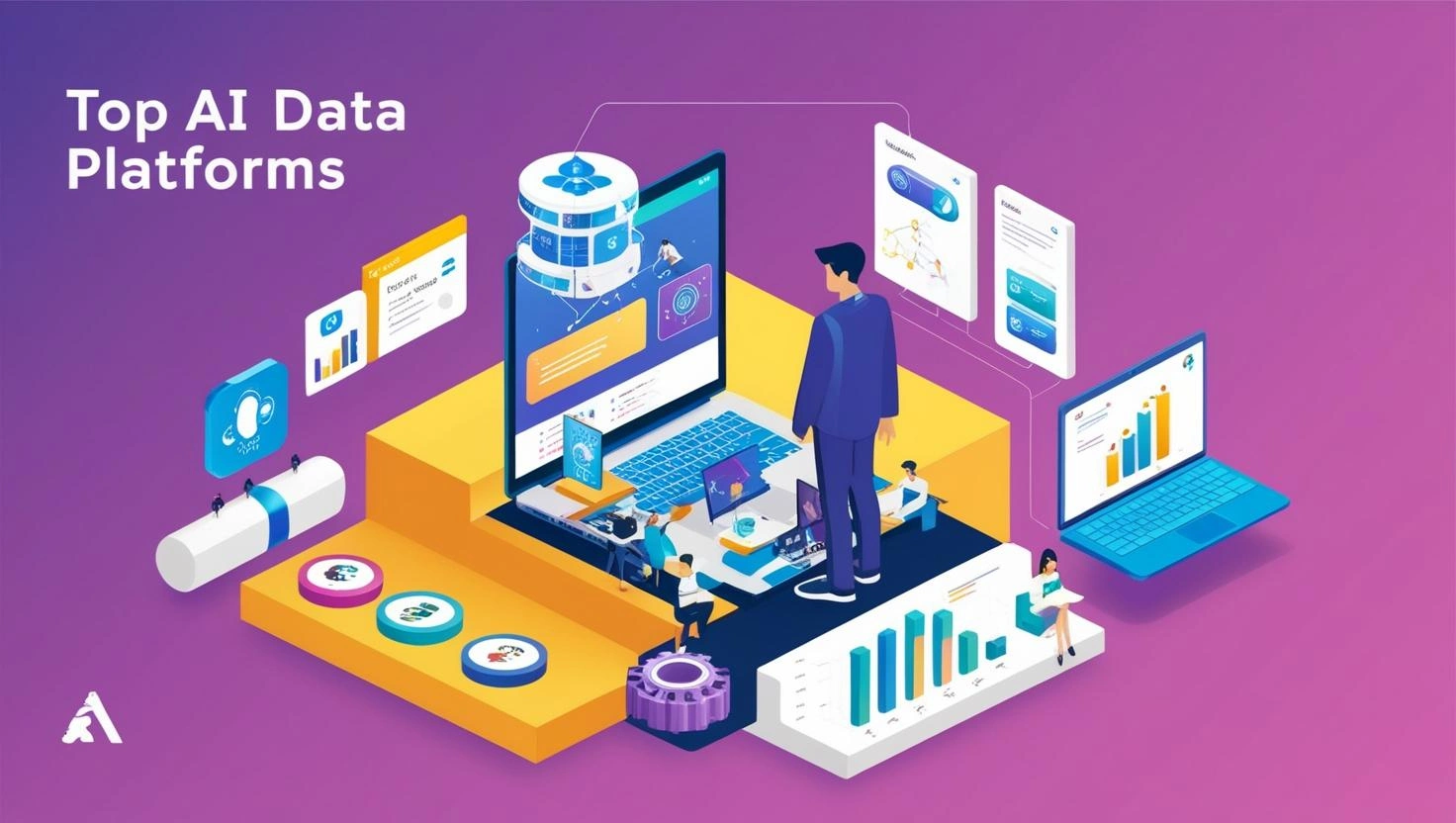Top AI Data Platform(s) Driving Innovation in Data Management

AI data platforms are transforming the way businesses manage, analyze, and leverage data. These intelligent systems integrate advanced machine learning algorithms, cloud computing, and automation to streamline data processing, enhance security, and improve decision-making. Organizations across industries—from finance and healthcare to e-commerce and manufacturing—are adopting AI data platforms to gain deeper insights, predict trends, and optimize operations. With real-time analytics and predictive modeling capabilities, these platforms enable businesses to reduce costs, eliminate inefficiencies, and drive innovation. As the demand for big data solutions grows, AI-powered data platforms are becoming essential tools for enterprises looking to stay competitive in the digital landscape.
What is an AI Data Platform?
An AI data platform is an advanced data management system that utilizes artificial intelligence to automate data collection, processing, storage, and analysis. Unlike traditional data management tools, AI-driven platforms apply machine learning models to extract valuable insights from structured and unstructured data in real time. These platforms offer features such as automated data cleansing, predictive analytics, natural language processing, and intelligent reporting, enabling businesses to make data-driven decisions with greater speed and accuracy. AI data platforms are particularly beneficial for industries dealing with large-scale data, such as healthcare, finance, and cybersecurity, where rapid insights and automation can drive efficiency and innovation. By leveraging AI-powered data solutions, businesses can improve scalability, enhance security, and unlock new growth opportunities.
Key Features of Leading AI Data Platforms
- Advanced machine learning capabilities
- Scalable data storage and processing
- Real-time analytics
- Seamless integration with cloud services
- Robust data security and compliance
